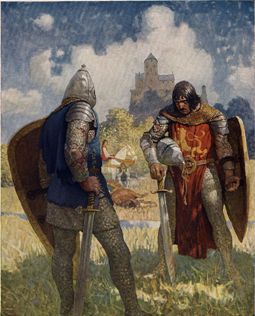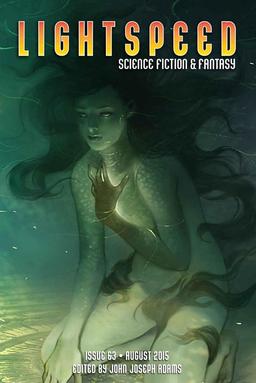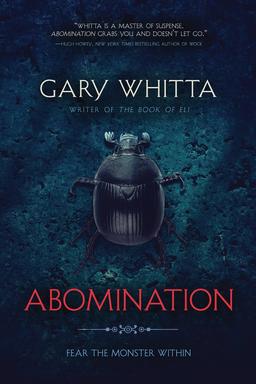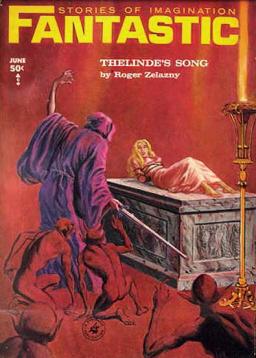Fantasia Diary 2015, Days 10 and 11: On the White Planet and The Blue Hour
 Thursday, July 23, was the first day of the Fantasia Festival I chose not to see any movies. Wandering down to the screening room was a very real temptation, but I desperately needed to do laundry and other household chores — as well as to write about the films I was seeing. In fact as I made my plans it seemed that I was entering a relatively light stretch of the schedule, before what looked like a killer weekend.
Thursday, July 23, was the first day of the Fantasia Festival I chose not to see any movies. Wandering down to the screening room was a very real temptation, but I desperately needed to do laundry and other household chores — as well as to write about the films I was seeing. In fact as I made my plans it seemed that I was entering a relatively light stretch of the schedule, before what looked like a killer weekend.
On Friday the 24th I returned to the De Sève Theatre for two films. The first was an animated Korean science-fantasy called On the White Planet. The second was The Blue Hour, a gay romance from Thailand with elements of horror. Both were interesting to watch and ponder, though I can’t say I found either perfectly satisfying.
On the White Planet, or Chang-baek-han eol-gul-deul, was written and directed by Hur Bum-wook, and comes from the same animation school as Park Hye-mi’s Crimson Whale. It’s an extremely bleak but startlingly beautiful movie. It takes place on another planet (or some other time period of this planet) where there is no colour — everything’s white. Except for the sky and the lead character, Choi Min-je. Min-je’s flesh marks him out as an outcast, in what seems a very direct metaphor. Isolated at the start of the movie, he falls in with a gang, and things go from bad to worse. Murder and rape and all sorts of pain follow, and eventually the movie becomes a sort of extended chase as Min-je seeks sanctuary with two fellow escapees from the gang, and then goes on to try to find a way off the white planet.
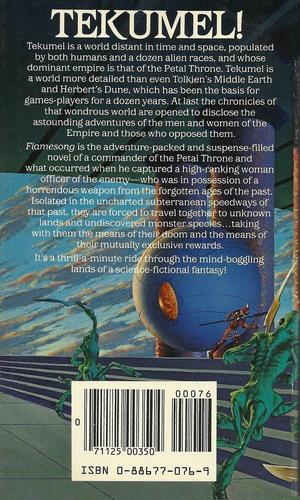

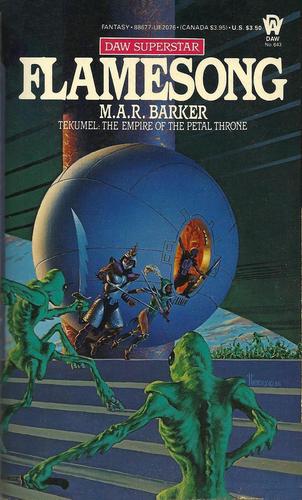
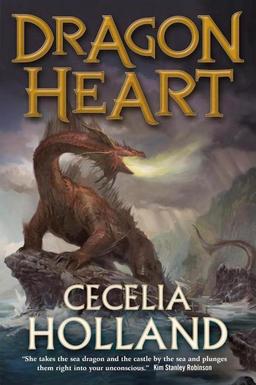
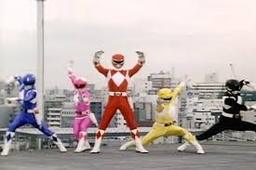
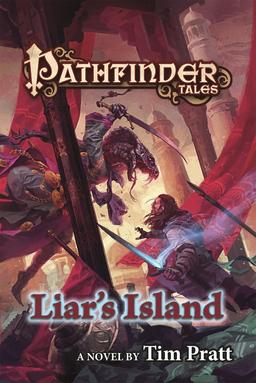
 On Wednesday, July 22, I saw three movies at the Fantasia Festival — which made it an average day, to the extent I had an average day at Fantasia. It began at 1 PM, with a documentary called Raiders!: The Story of the Greatest Fan Film Ever Made. After that was a Japanese comedy-drama called 100 Yen Love. Then I made a difficult decision to pass on both the New Zealand horror-suspense film Observance and the American science-fiction film Synchronicity in favour of the Korean historical epic The Royal Tailor. I figured I could watch a later showing of Synchronicity, while Observance was available in the screening room. But this looked like my only chance to catch Tailor on the big screen, and I had an idea it was the sort of film that would take full advantage of the Hall Theatre’s scale.
On Wednesday, July 22, I saw three movies at the Fantasia Festival — which made it an average day, to the extent I had an average day at Fantasia. It began at 1 PM, with a documentary called Raiders!: The Story of the Greatest Fan Film Ever Made. After that was a Japanese comedy-drama called 100 Yen Love. Then I made a difficult decision to pass on both the New Zealand horror-suspense film Observance and the American science-fiction film Synchronicity in favour of the Korean historical epic The Royal Tailor. I figured I could watch a later showing of Synchronicity, while Observance was available in the screening room. But this looked like my only chance to catch Tailor on the big screen, and I had an idea it was the sort of film that would take full advantage of the Hall Theatre’s scale.